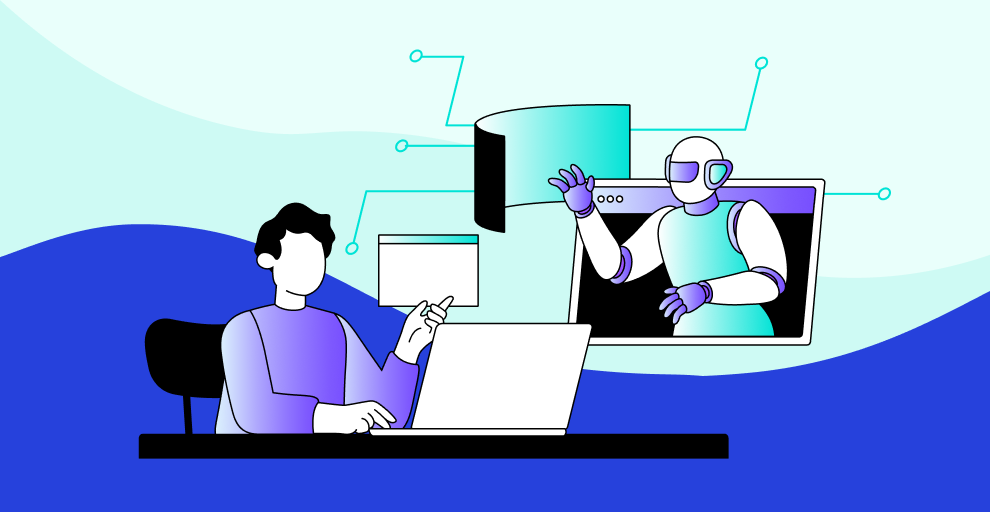Manual vs AI Accessibility Testing: Why Plugins Alone Won’t Guarantee an Inclusive Website

You’ve probably installed that one-click accessibility plugin. It crawls your pages, writes alt text and flags missing labels. It even warns about low contrast. It feels like a shortcut, right up until you try to use your own site the way your visitors do.
Why AI Alone Isn’t Enough 👎
AI tools can audit hundreds of pages in minutes. They spot missing alt tags, empty links and contrast issues faster than you can grab a coffee. I’ve run scans that map out basic markup problems in seconds, and that initial report can save you hours of manual checks.
Here’s the catch: AI sees code, not context. It won’t notice a keyboard trap that loops you back to the start. It won’t catch a disappearing dropdown on mobile or a carousel that never pauses. It can’t experience the flow of your menu or guess what someone needs to complete a form.
Why Human Testing Still Matters 💪
A human tester brings empathy and real-world scenarios to the table. During manual sessions, you can:
- Tab through menus and spot focus that jumps in the wrong order.
- Listen to VoiceOver or NVDA and hear if labels make sense.
- Resize windows, rotate a phone and test in different browsers.
- Invite people who live with disabilities to try your site—nothing beats their feedback.
A Practical Blend 🤝
Using only AI or only manual tests leaves gaps. Follow a simple routine to meshes both approaches:
- Run an AI scan first to catch the low-hanging fruit: missing alt text, empty links, contrast failures.
- Sort issues by urgency, putting missing form labels at the top.
- Pick a handful of pages—homepage, signup flow and a random one.
- Spend an hour navigating with keyboard and a screen reader, taking notes along the way.
- Bring in a few real users and watch where they hesitate or get stuck.
- Fix quick wins and rerun the AI scan to spot any new oversights.
- Repeat this cycle every month or with each major release.
AI tackles the bulk work. Humans handle nuance. Together, you cover more ground.
Making Accessibility Routine 📅
You don’t need a big budget or team to keep this going. Try a few simple steps:
- Integrate open-source AI scanners into your CI pipeline.
- Track issues in a basic spreadsheet—page, problem, status, priority.
- Reserve thirty minutes each week for a rotating manual audit.
- Record a screen-reader session and share it with your team.
- Thank your testers. Their insights are pure gold.
Be cautious with “accessibility overlays”. They promise instant fixes via a script tag, but they often mask deep code issues. They can clash with custom components and won’t hold up under legal review.
Why It’s Worth It 🧠
Yes, this process takes a bit of time. But it pays off with fewer support tickets, happier visitors and truly inclusive experiences. You avoid the embarrassment of a broken signup form and open your site to more people. That feels good, and it’s smart business.
Your next step: pick one page right now. Run your AI scan, then hop on with keyboard and screen reader. Notice what the tool misses. Fix it. Repeat. The web belongs to everyone, and your site is part of that promise.

Adam Senior
Adam is a certified accessibility specialist IAAP-CPACC and founder of Accessima. He helps businesses build genuinely inclusive websites through manual audits and practical, no-fluff advice. When he’s not working, you’ll probably find him at the beach attempting to surf. Connect with him on LinkedIn.